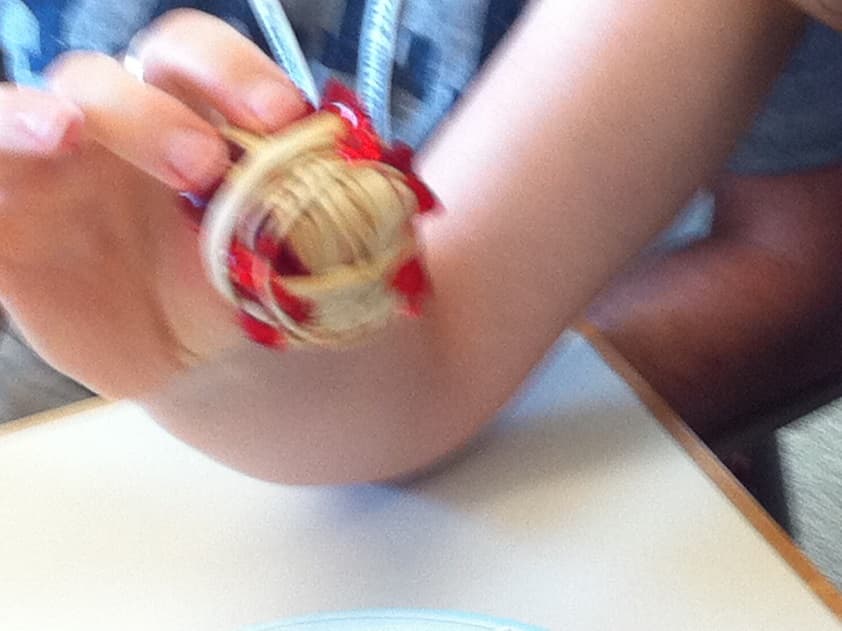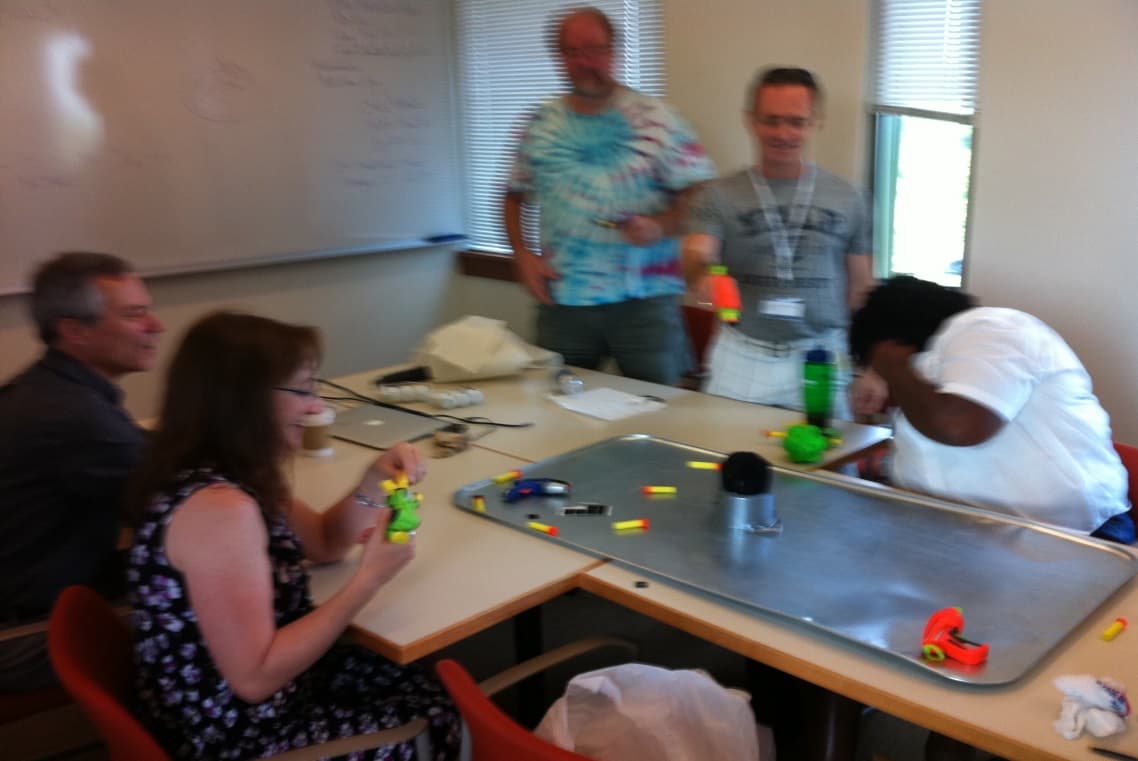Strategies
This entire unit will be taught to Gifted Physics I students for 6 weeks during the material on energy, static electricity, current electricity and magnetism. First, the students will learn about the various forms of energy. I will introduce them to the idea that mass can also be converted into energy, although we don't usually think of it in our conservation laws. We will delve into potential and kinetic energy as well as heat as energy. This is more comprehensive than I usually teach my Physics I classes but it is within their grasp and we will complete supplemental readings to reinforce the concepts. Then when we get to electricity, we will explore the conception in depth of how an electric field results in a magnetic field and vice versa. We will cursorily touch on the perpendicularity of the fields and the right-hand rule. This will enable us to understand the MCF model of the tokamak. With the EM fields, we will also discuss lasers so that we can explore the feasibility of the Inertial Confinement Fusion. These concepts will provide the background for the culminating project.
I will teach all of this more in depth to my AP Physics II B students at the end of the year when we are discussing nuclear fission, quantum mechanics and reviewing electricity and magnetism. My AP B students will have a 4 week culminating activity to integrate all of these concepts.
To both groups, the unit will be a Creative Design Unit, which is an approach that I have adapted from an engineering model. It is an exploratory process based on an engineering model that stresses iterations, hands-on learning and physically creating models. The students will experience a prolonged laboratory experience designed to create cognitive dissonance in a process that they build, construct, imagine and explore multiple solutions about fusion.
Classroom activities
Lesson Plan 1: Fusion Simulations
The Fusion Simulations are activities designed to demonstrate the key aspects of developing fusion for commercial use. The first simulation is to give the students jello, which represents the plasma, and have them try to contain "the plasma" with rubber bands!!! This demonstrates how hard it is to get magnetic confinement fusion to work.

The second simulation is an activity to demonstrate how difficult it actually is to get fusion reactions to occur. This entails a roll of duct tape in the center of a 2 1/2'x5' aluminum "drip" pan. The students are given a bulbous ball and told that they get 13.7 million student bucks if they can get the ball into the duct tape roll. The students must keep their hands on the outer edge of the long side of the pan. (The key to this simulation is that the bulbous ball needs more potential (or kinetic) energy than it can be given.) Consequently, it's 1/100 million but the payoff is 13.7 MW!!!

The last simulation is of Inertial Confinement Fusion. To simulate many lasers, the students will surround the "drip pan" with duct tape roll. Only this time the ball will be a Velcro ball and each student will be given a small dart gun with Velcro darts. The students are instructed that they must launch their darts simultaneously, symmetrically and within 10 cm to insure that the darts have sufficient energy to result in a fusion reaction. The ICF reaction is only successful if all darts stick and they are symmetrical. (These are the extremely demanding requirements of laser ICF.)
Lesson Plan 2: Magnetism and Electromagnets and Generators
This will involve a demonstration of circular and bar magnets as well as an introduction to electromagnets. The students will explore (safely) the parameters and versatility of magnets and the challenge of perpendicular fields. The students will also explore generators so that they understand not only the production of energy but how it is converted in a power plant into a usable form, usually in the form of electricity, whether it is a coal plant, a fission plant or the design we are working on the fusion plant.
Lesson Plan 3: Culminating Project (Creative Design)
The students will be divided into engineering groups. Their task will be to design a nuclear fusion plant. Each group will either design the power generation plant converting heat into electricity or they will work on ideas of how to develop a fusion power plant.
The unit will be a Creative Design Unit, which is an approach that I have adapted from an engineering model. It is an exploratory process based on an engineering model that stresses iterations, hands-on learning and physically creating models. The students will experience a prolonged laboratory experience designed to create cognitive dissonance in a process that they build, construct, imagine and explore multiple solutions about fusion. The process is meant to challenge the students and to encourage them to construct a product that exceeds their expectations. Hopefully, the students come away with a passion for problem solving and an increased knowledge of fusion.
Be the first to comment on this unit!

Comments: